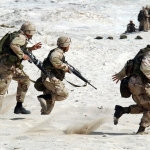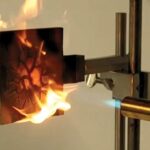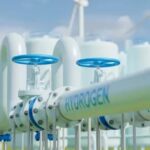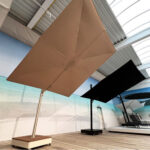Honeywell announced that ArmorSource LLC, a leading provider of advanced ballistic head protection products, is using Honeywell Spectra Shield® ballistic composite materials to create helmets that meet and exceed the latest military requirements in the U.S. and around the world. Makers of ballistic protection gear are increasingly transitioning from traditional aramid products to ultra-high molecular-weight polyethylene (UHMWPE) products such as Spectra Shield, as they move to meet new requirements for helmets that are lighter weight but still able to protect against a range of threats. Use of UHMWPE materials reduces the weight of helmets and improves mobility without sacrificing performance. ArmorSource helmets, such as the AS-501 Ultra Lightweight Ballistic Helmet for Military Troops and the LJD Aire Helmet, are made with Spectra Shield and are among the lightest ballistic helmets available for military and law enforcement agencies today. The LJD Aire Helmets are 40 percent lighter than traditional helmets and exceed the ballistic protection of the U.S. Army’s existing combat helmet, the Lightweight Advanced Combat Helmet. Spectra fiber is made from ultra-high molecular weight polyethylene using a patented gel-spinning process. It has up to 60 percent greater strength than alternate aramid fiber and, pound for pound, it is 15 times stronger than steel but is light enough to float. Spectra fiber is used to create Spectra Shield, an advanced ballistic-resistant material.
Spectra Shield technology is a patented Honeywell process designed to optimize the ballistic performance characteristics of Spectra as well as aramid fiber.
“Spectra Shield is a state-of-the-art material that is a critical component of our products to better serve military and law enforcement personnel,” said Yoav Kapah, President and CEO, ArmorSource LLC. “Helmets made with Spectra Shield provide less weight-related strain on bodies while maintaining or exceeding ballistic protection”. ArmorSource supplies helmets made with Spectra Shield to militaries in Australia, Austria, Italy, Spain and other countries in addition to various U.S. agencies such as the U.S. Department of State and the U.S. Marshall Service.












